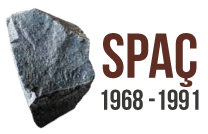Facts & Artifacts
Clothing
According to testimonies, two types of uniforms were used in the former Spaç labor camp: a brown uniform and another blue uniform with brown and white stripes, which were worn during the summer season. Prisoners were also given 2 shirts, 2 pairs of long underwear, footcloths, and 1 towel. For winter, they were issued military coats dyed black, 4 blankets, a straw mattress, 2 sheets, 2 pillowcases, and a straw pillow. During the winter season, prisoners isolated in solitary cells were only allowed to wear summer clothing, despite temperatures dropping below zero.
The families of prisoners were only allowed to bring undergarments and essential items such as prescription glasses, but not sunglasses.
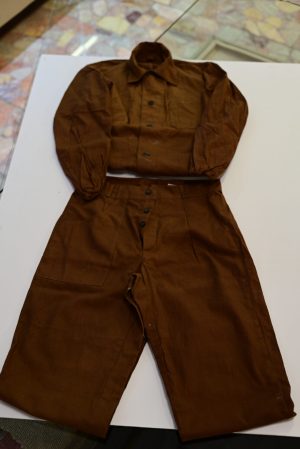

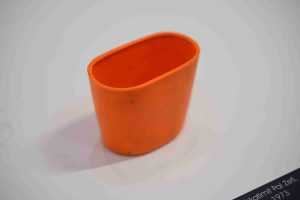
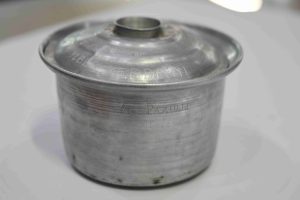
Food
Immediately upon arrival at the camp, prisoners were given eating utensils: a bowl and a spoon. Other utensils were brought by family members. Hygiene in the dining hall was completely lacking. Meals were often poorly prepared and unhygienic. Drinking water was contaminated with minerals from the underground.
The food was insufficient and, according to testimonies, was portioned differently for those working underground, those working on the surface, and those unable to work due to physical incapacity or age. Families were allowed to bring food for their imprisoned relatives, but if visits were canceled, the food was not handed over. Additionally, the camp had a separate kitchen besides the mess hall where prisoners could cook food purchased from the camp store using the meager earnings they made from working in the galleries.
Violence
When a prisoner failed to meet work quotas or broke the rules—for example, by leaving the work front or possessing forbidden items—they were handcuffed and subjected to physical violence. Other tools such as rubber batons, chains, and more were also used to torture the prisoners. Some of the slogans used by prisoners during revolts were recorded in official camp reports (on the following pages marked in purple). To avoid the tightening of handcuffs, many prisoners would firmly extend their forearms so the guards could not fully close the cuffs, creating a gap at the wrists. This helped prevent pain caused by the handcuffs’ pressure. According to witnesses, these types of handcuffs were called “German handcuffs” and were tightened so much that they caused prisoners to faint.
Physical violence in the Spaç labor camp has been testified by former political prisoners who served their sentences there. They recount the phrase used by the guards, “Meet the quota or your life,” which was used as a threat to force prisoners into the galleries to fulfill their work quotas. The violence inflicted by the police and guards is also documented in an archive record from the Ministry of Internal Affairs dated March 31, 1980, which details the physical abuse and insults some officers directed toward the political prisoners.
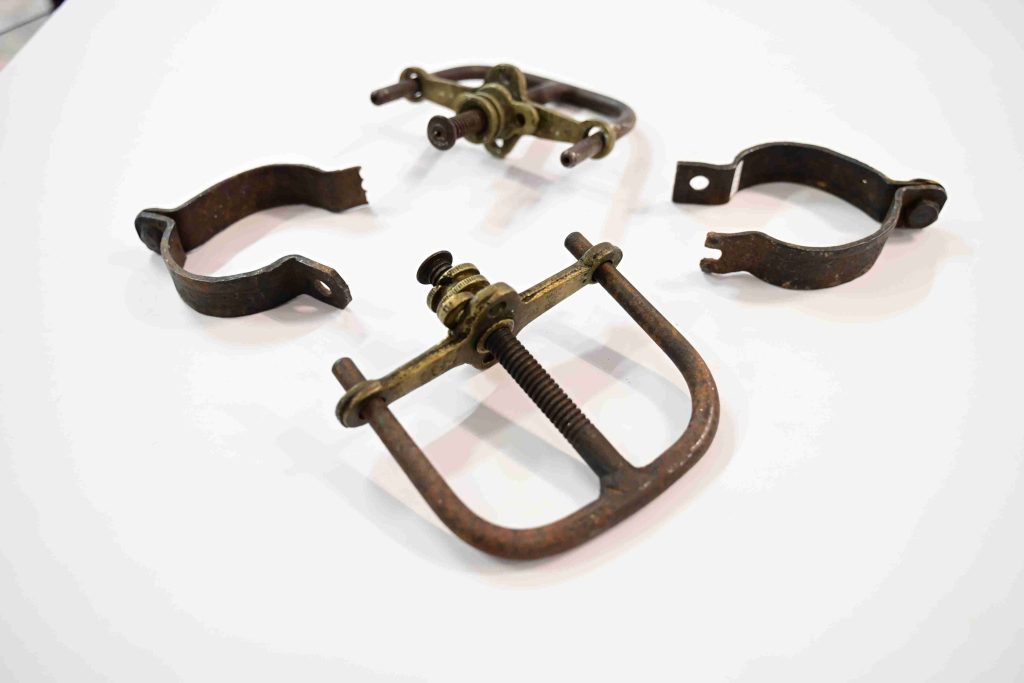
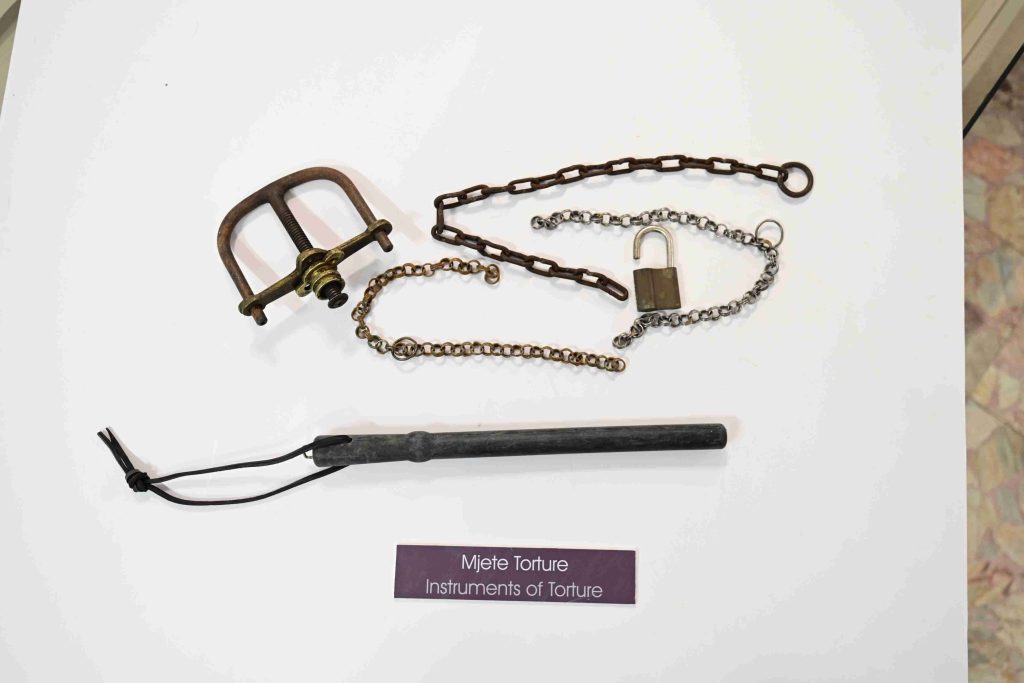
Instruments of violence. Item from the National Historical Museum.
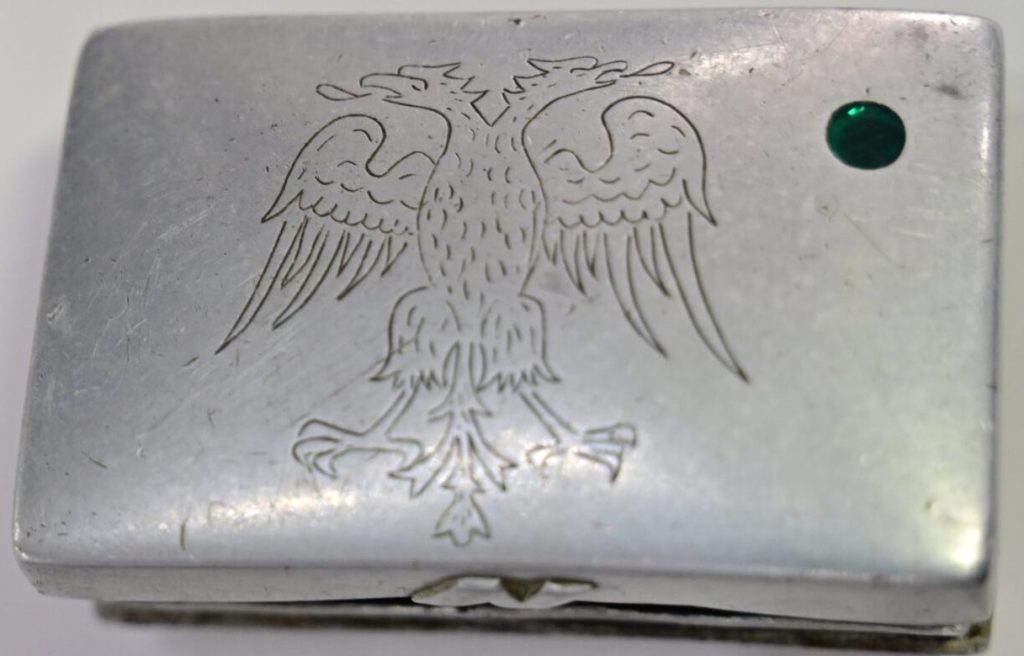
The flag without the communist star
One of the most iconic moments of the Spaç Revolt was the raising of the flag without the communist star. According to testimonies from former political prisoners to AIDSSH, the flag was raised at midnight, marking the dawn of May 22, 1973. Mersin Vlashi painted the eagle following a model found on a cigarette box. This cigarette box is now preserved in the National Historical Museum.
Survival through Art
To escape the intense physical and psychological pressure, exhaustion, mistreatment, and spiritual suffering, prisoners found every possible way to practice the professions they had before imprisonment or to engage in various artisanal crafts. The publicist Fatos Lubonja, during his time in Spaç, wrote on cigarette papers and carved artistic objects using peach pits or boxes covered with fruit seeds. These works are part of his personal collection.
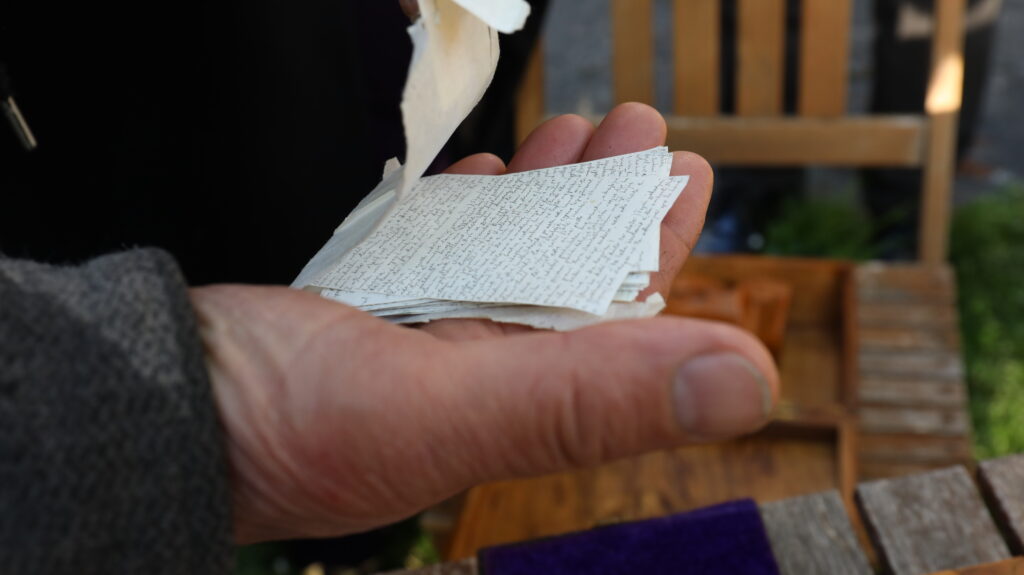
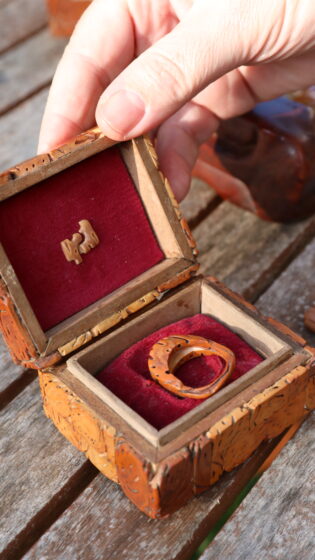
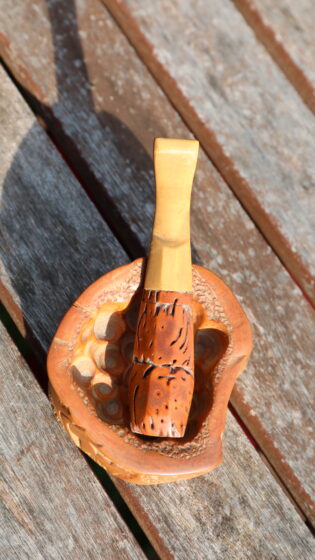
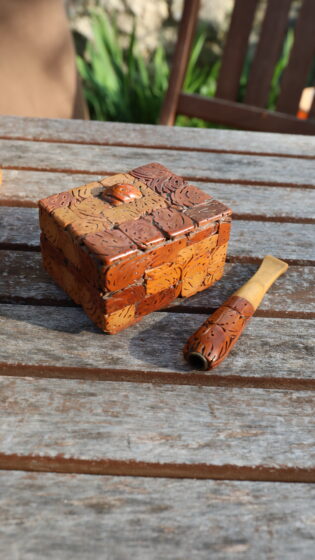
In the photo: writings on cigarette papers and objects that publicist Fatos Lubonja carved from peach pits or crafted as boxes covered with fruit seeds during his time in Spaç. Part of Mr. Lubonja’s personal collection. Photo: D. Zanaliu.
Hygienic and Sanitary Conditions
Based on the testimonies of former political prisoners at the Spaç labor camp, known in the files of the former State Security as “Reeducation Unit No. 303,” and archival data, life in the camp is reflected with its hardships and harsh, inhumane hygienic and sanitary conditions.
According to the document in Box No.4 Fund No.10, File No.147, Year 1980 there was no sanitary processing room nor autoclave. Each prisoner was allocated 2-3 cubic meters of air and a yard area of less than 1 square meter. It was reported that the water supply was insufficient because the water system was of low capacity and used rusty iron pipes. One water tap was shared by 70 people, one shower by 60 people, and one toilet by 60 people. Wastewater was discharged directly into the stream. There were no regular supplies of medicines or various disinfectants.
The harsh living conditions in Spaç, along with the hygiene and sanitary problems, were among the main factors causing health issues for the prisoners, including various illnesses and cases of poisoning from food or drinking water. A document (Box No. 3, Fund No. 10, File 101, Year 1979), presents information sent to the Police Directorate and the Health Department regarding the occurrence of poisoning among the ranks of the prisoners. “On 17.08.1979, complaints were reported by several prisoners about stomach pain and vomiting, which increased over time. From the medical examinations carried out, it was concluded that the case was caused by water contaminated with rust."
According to the testimonies of former political prisoners in the Spaç labor camp, reported to AIDSSH, the drinking water and the water used for cooking was acidic because it was polluted by the galleries. Two days before the uprising began, channels were being dug to bring in drinking water.
In the information sent to the Economic Directorate of Repart 321 Burrel, (Box No. 3, Fund No. 10, File No. 98, Year 1979) regarding the complaints of the prisoners about living and health conditions, it is noted the absence of a doctor and the urgent need for the supply of medicines for rheumatic diseases, stomach ailments, and eye and ear conditions.
In another document (Box no. 6, Fund no. 10, Pit no. 216, year 1982) upon inspection, the presence of parasites and lice in the camp was evident, which serves as proof of the lack of sanitary conditions and the absence of disinfectants. According to the aforementioned file, there was a dental clinic for the prisoners in the department, but it lacked supplies for therapy, prosthetics, or other essential medications.
The Spaç Camp-prison had a infirmary that was intended to meet all the health needs of the camp. However, during certain periods when the flow of sick individuals was high (such as those injured in accidents, those with colds, food poisoning, inhaling underground gases in the galleries, chronic illnesses, or other various health concerns), the infirmary was unable to meet even the most minimal needs of the prisoners. (Box no. 5, Fund no. 10, File no. 252, Year 1983.)
According to testimonies, between 1968-1971, Spaç had four dormitories, which were single-story barracks made of pupulite. Later, in the camp, three-story dormitories were built, where in each room, between 35 to 50 prisoners slept. The toilet in the early years of the camp's operation was a large rectangular barrack, built with corrugated iron and wooden planks, while the roof was made of asbestos. The showers were located opposite the toilets.
